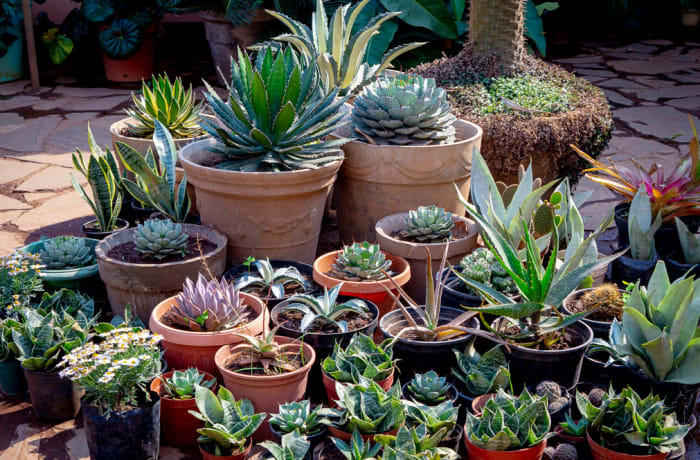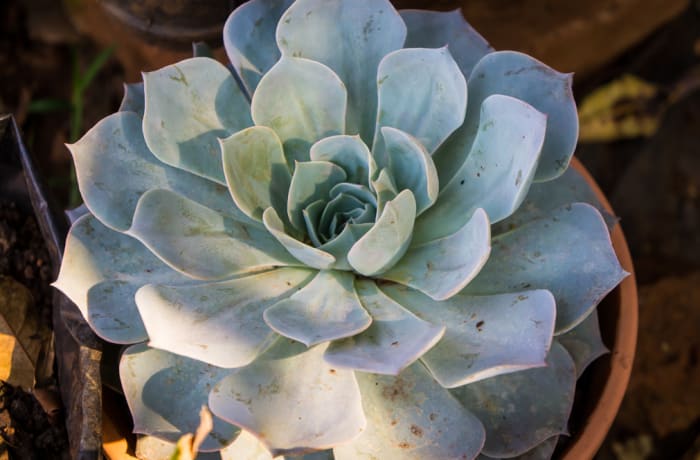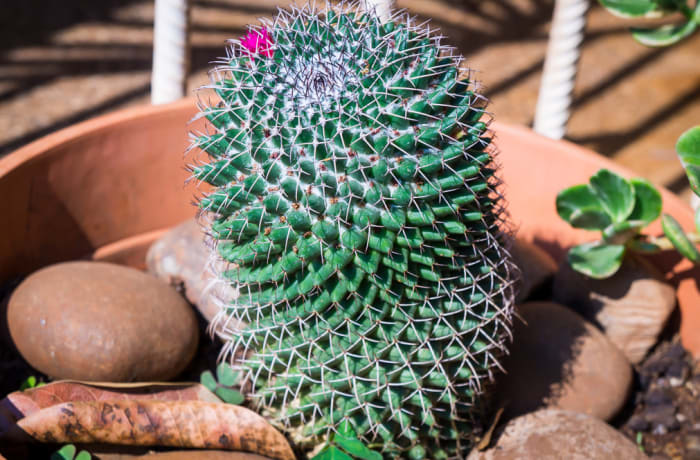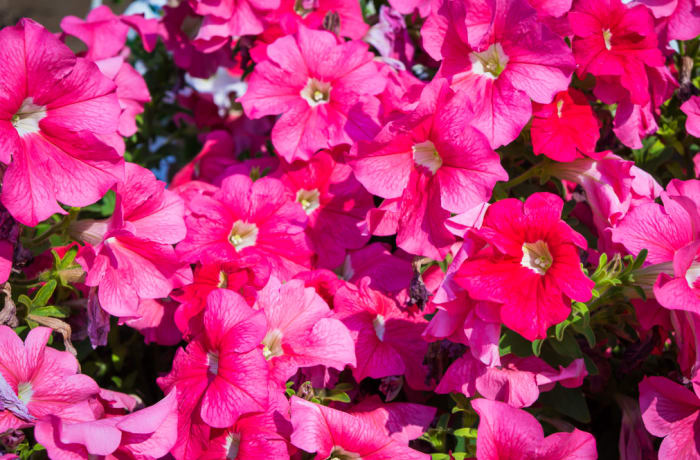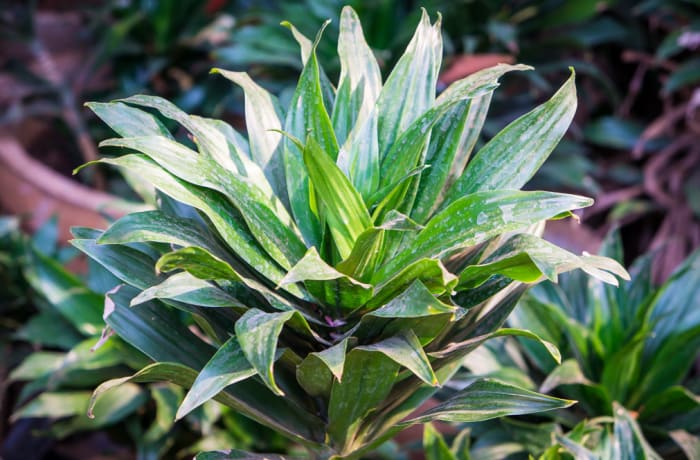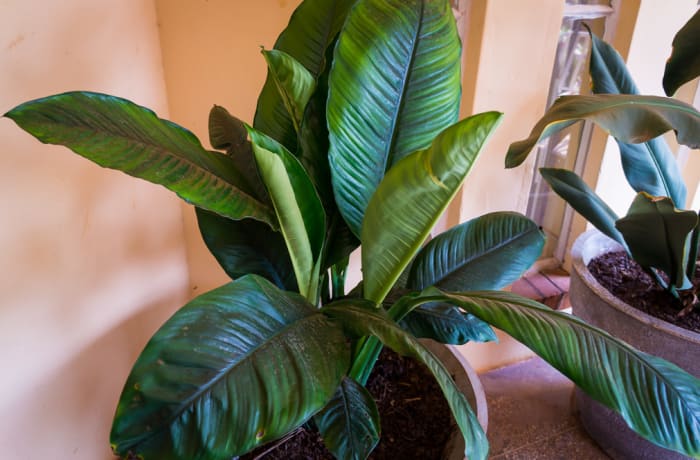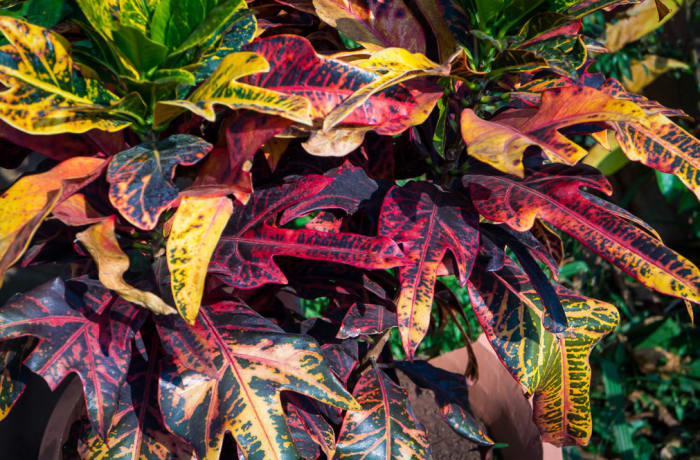
Croton Codiaeum Variegatum San Francisco
Buy online
Further information
Grow crotons in a bright spot: They like lots of light to produce all those colorful leaves. If your croton doesn't get enough light, you might find the plant grows tall and lanky, with few leaves that don't have deep, rich hues. Ideally, your croton should cast a good strong shadow much of the day where you grow it. Happily, it thrives in both natural and artificial light.
Water crotons when the top couple of inches of the potting mix starts to dry. They're not as thirsty as many other common houseplants (such as peace lily, fittonia, or polka dot plant), but do need regular watering. Crotons will drop their older leaves if they stay too wet or too dry for extended periods. If you're not sure whether it's time to water your croton, it's usually better to let it stay a little too dry than too wet over time.
| Weight | 1kg |
|---|---|
| Foliage | brilliantly coloured, glossy, leathery leaves |
| Size | 90 cm up to 304 cm |
| Watering | A deep watering once weekly |
| Light | Croton plants develop their best colors when grown in bright light. As houseplants, they must be situated in a sunny window. |
| Temperature | ideal temperature for these plants is between 70 and 80 °F (21 and 27 °C) during the daytime, and 65 °F (18 °C) at night. |
| Toxicity | Croton plants emit a milky sap from broken stems that can cause contact dermatitis on humans and animals |
| Pests | mealybugs, scale, thrips or spider mites. |
| Problems | Anthracnose, Bacterial leaf spot, Stem gall and canker, Crown Gall |
